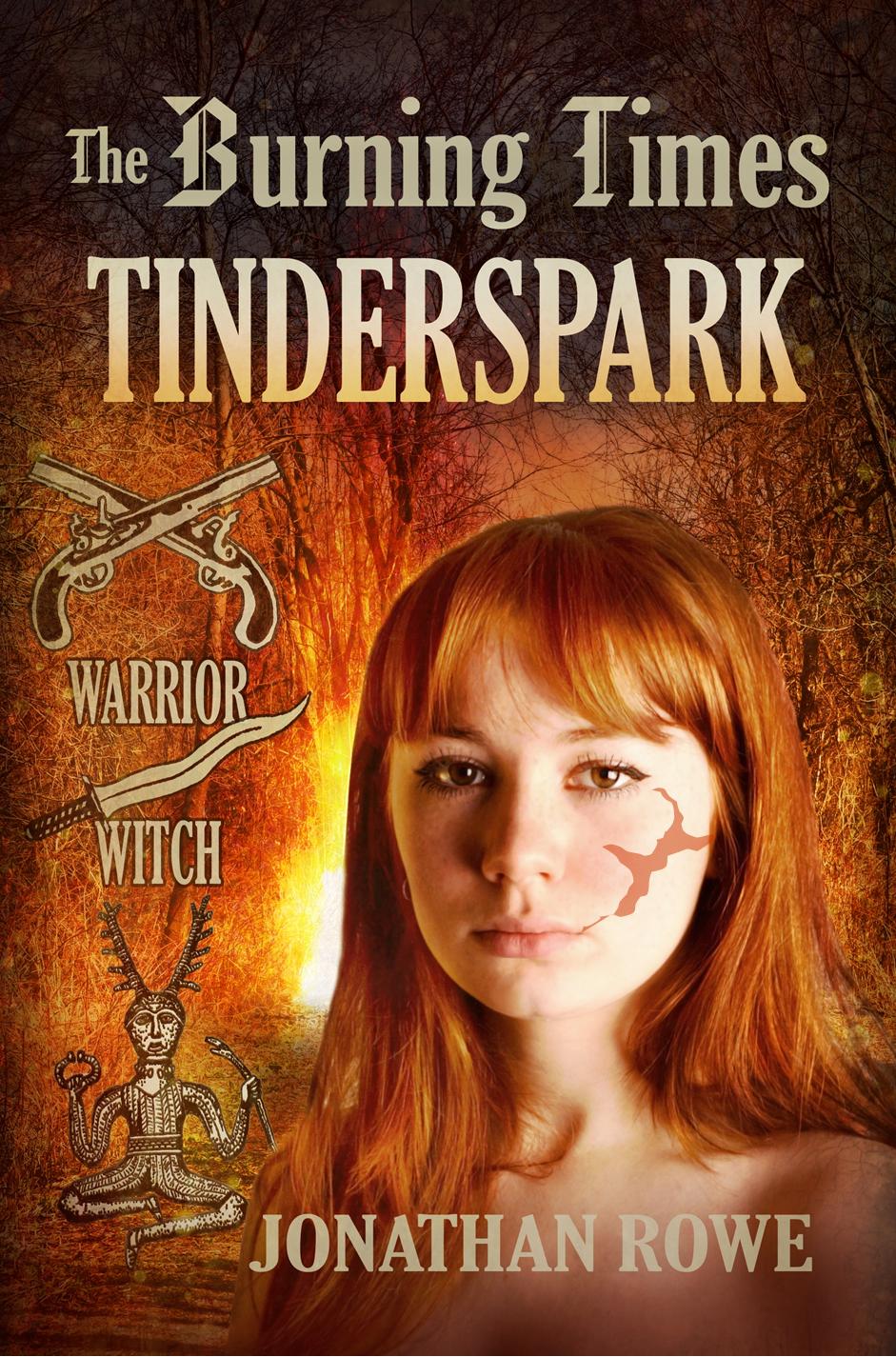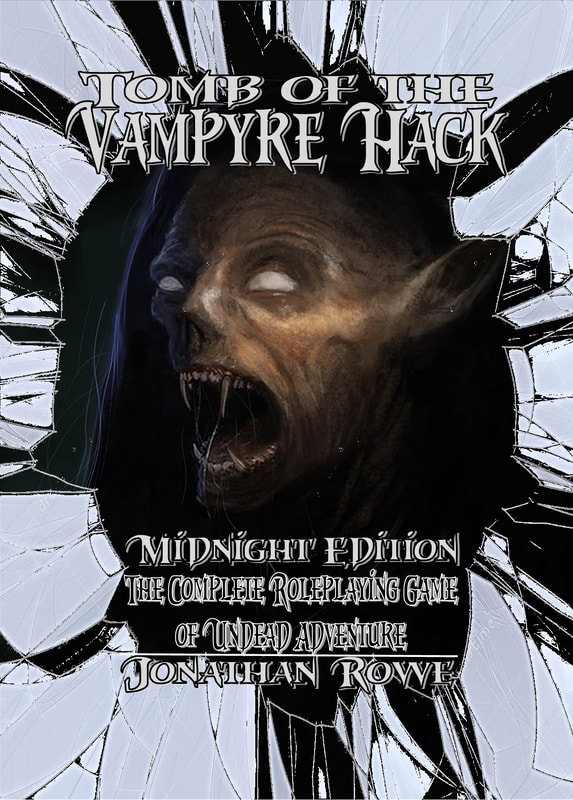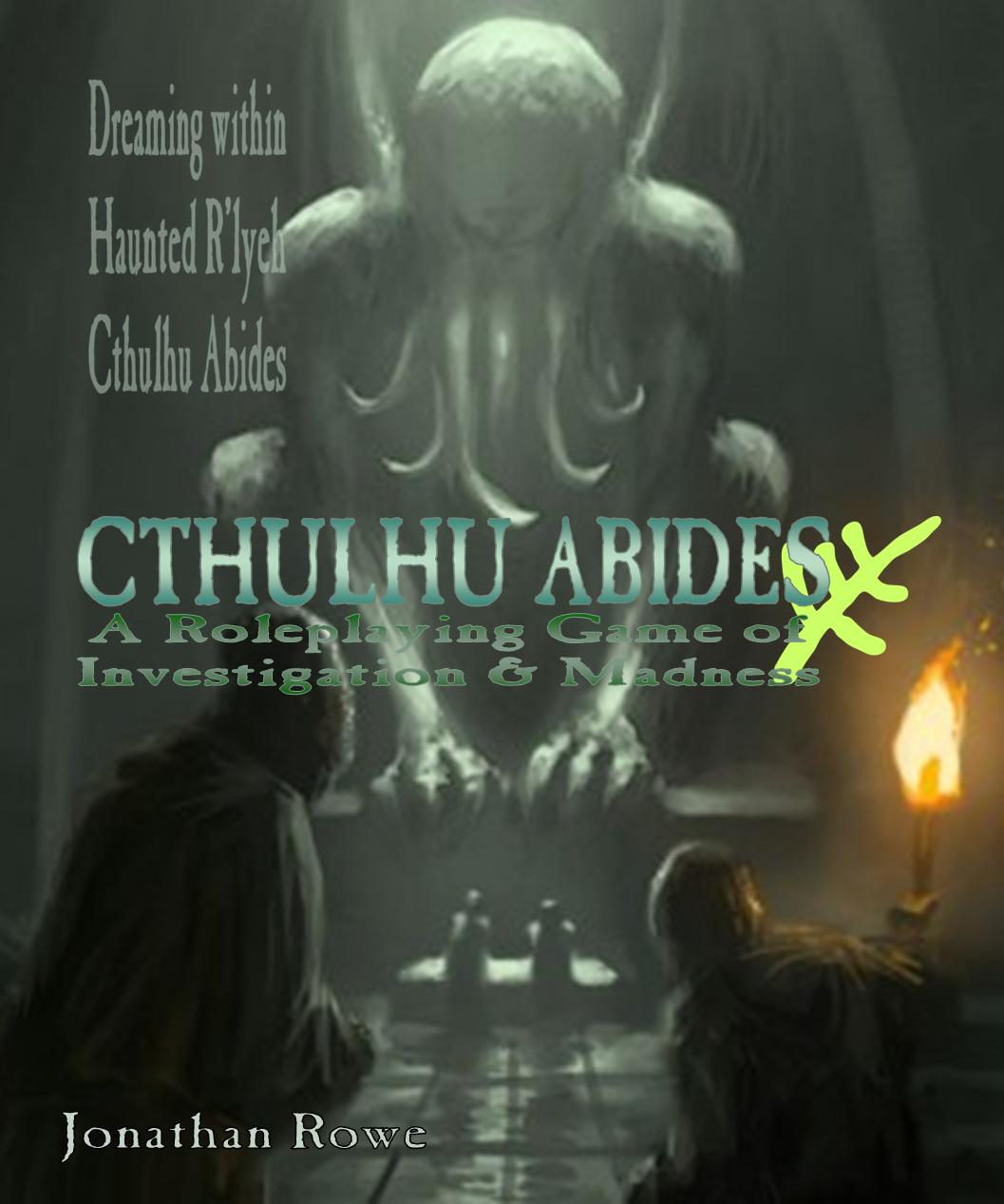|
She's on the way ... The expansion to the Vampyre Hack (with bangin' cover art by Robert G. Male) will feature 8 new undead Tribes and a bunch of other stuff to make OSR Vampyres fun again The Vampyre Hack has been an unexpected success so far - and see here for more information on modern vampires through the lens of a Hack-style Old School RPG. Ahead of this companion volume being released, I thought I'd share design notes on the new Tribes - especially as it's an opportunity to reminisce and critically reflect on the directions Vampire: the Masquerade took in the early 1990s. 1991: The Players GuideHot on the heels of the revolutionary Vampire: the Masquerade came the Players Guide. It was clearly more of a team project than Mark Rein-Hagen auteur-like approach to the core rules. Here were (excellent) essays by the likes of Stuart Wieck, David Greenburg, Andrew Greenberg and Sam Chupp. There were also four new 'independent' (i.e. non-Camarilla) Clans and a former Clan reduced to a Bloodline. And this is where the rot set in. Rein-Hagen's 'classic seven' vampire Clans were templates for a huge variety of character types. They were archetypes rather than stereotypes. The same could not be said of the new bunch - nor were their powers and weaknesses as well thought out. Assamites
Even if you were happy with the assassin stereotype, the signature Quietus Discipline felt undercooked: a one-note series of 'poisonous blood' abilities that weren't particularly powerful or versatile. Over the next decade, Assamites went through a huge number of alterations. Their blood curse was abolished. They were given magical spells. They were reinterpreted as pious Muslims. Consultants were employed to get the Arabic terminology right. They were renamed the Banu Haqim. Much less problematic, you'll agree, but (whisper it) kind of boring. The Banu Haqim have been reimagined as a nice Clan of Camarilla-friendly Muslims, with no villainous streaks and whose main weakness is that people tend to vilify them unjustly because of their stained auras. Great for representation but no longer fizzing with dramatic possibilities. Followers of Set
As with the Assamites, there have been repeated revisions trying to water down the implication that African vampires are just plain evil. These days they're known as 'the Ministry' and model themselves on slick televangelists, with the idea that Set is symbolic for the friends we screw over along the way. Never mind the implied racism, my real problem is that V:tM never needed a Clan devoted to philosophical evil. The whole point of Rein-Hagen's original premise was that being a vampire was in itself enough to produce monsters: the Beast inside, the cannibalistic social structure, the enslaving Blood Bond, the paranoia of Elders, the frustration of the Neonates, the corrosive effect of the passing centuries on conscience and empathy. There's no shortage of reasons why a group of vampires might be The Bad Guys without having to make them worship a God of Evil. Giovanni The Giovanni are necromancers who all belong to the same Mafia-like Italian family. Giovanni got a lot of development, with a series of published scenarios exploring how a Renaissance cabal of Venetian necromancers cannibalised an Antediluvian to acquire Clan status. Plus, their ghost-wrangling powers tied in with the forthcoming Wraith: the Oblivion product line. All of which is great, except for two things. Having to be some sort of Italian mobster was a bit limiting for Player Character concepts. And the idea of late Medieval wizards cannibalising a snoozing Antediluvian to steal immortality had already been done with the Tremere. The overlap became even more pronounced when the Necromancy Discipline was replaced with a collection of magical Paths and rituals, very much along the Tremere template. Since then, the Giovanni have been reinterpreted as the Hecata, a sort of umbrella Clan of necromancer-vampires, with the cannibal Giovanni just one branch. Definitely better for player choice and diversity, but even more lacking in real distinctiveness. Ravnos
To be fair, I quite enjoyed the directions they took Ravnos in and, unlike the Assamites, they never made them boring. But when White Wolf started their apocalyptic 'Gehenna' storyline in the late '90s and one Clan was slated to be destroyed, it came as no surprise that it was the under-loved Ravnos. Yes, during the 'Week of Nightmares' the entire Clan turned on each other in a cannibalistic orgy then their newly-awakened Antediluvian got nuked. Subsequent editions of V:tM were able to approach the Clan with a clean slate. That's a hell of a way to 'Year Zero' a problematic concept. Salubri
Not much else about the Salubri makes sense. It's ironic that, like the other Players Guide Clans, they're not really suitable for Players. They're Plot Hook NPCs in peril, to be protected or hunted by the PCs. The idea that the Tremere could exterminate the entire Clan and turn all the other vampires against the survivors strains belief. Sure, maybe inside the Camarilla this prejudice against Salubri would become normative - after all, recognising the Tremere as a legitimate Clan sort of implies de-legitimising the Salubri as heirs to the original Clan founder. But outside the Camarilla (i.e. throughout most of the world) there's no reason the Tremere's writ should run. Why wouldn't the Assamites, who hate the Tremere, make a point of sheltering Salubri? The developers tried to fix this by taking the Salubri in different directions: creating a martial kick-ass variant, making their blood so tasty that other vampires can't resist cannibalising them, making their bleeding Third Eye a perpetual threat to Masquerade, all sorts of muddled things. The consensus view remains that they're only good as NPCs. New Tribes, Vampyre-styleThe Vampyre Hack introduced les Tribus Éternelles – seven Tribes including the hideous Karnsteins, lordly Sangrali and hedonistic Messalines, all very much drawn from Rein-Hagen's archetypal clans but re-orientated for a simple D&D-inspired system of 6 Stats, character classes, levels, hit points and David Black's ingenious exhausting usage dice. For Bride of the Vampyre Hack I made a decision that all the Tribes would be global affairs, not regional powerbases or ethnic enclaves. The new Tribes are not defined by race or religion. I’ve called four new Tribes les Tribus Dévouées, which means ‘the Dedicated Tribes.’ This is because they are all locked into some sort of relationship with the Blood God they believe to be their founder, as opposed to the Tribus Éternelles who believe they are independent of the Blood Gods and look instead to their Elders and Voivods for authority. The Juddin The name is a Persian Zoroastrian term for an infidel. These are my rebranded Assamites and I want to link them historically to Persia – specifically ancient, pre-Islamic Persia - but the Tribe is now global and not linked to any particular Middle Eastern religion. The Juddin believe they are serving their Blood God and his strict code that all vampyres should live peacefully together and separately from humans. They see themselves as the police of the undead world. Since a lot of their laws are rather subjective in interpretation, they rely on oracles to reveal their Blood God’s wishes. PC Juddin start each adventure with a randomly rolled mission - they have to watch out for a vampyre (or any supernatural creature) doing a particular forbidden thing, like abusing humans' freewill or ruling over mortals openly or disrespecting the Elders. Then they have to work out what to do about it - and if they're too lax, they will be targeted in their turn by a Juddin hit squad. Juddin as a character class get magical silence for free - and a dramatic version that makes them utterly inaudible at all times unless they choose otherwise, including detection by motion sensors or microphones. Their poisonous blood gets more toxic as they go up in levels. The Jakhalos Jakhalò is a Romani term for the 'evil eye' but these vampyres aren't Romani. They're a Tribe whose Blood Goddess was an explorer of the Otherworld but came back changed - perhaps possessed or replaced by a doppelganger. She's been hunting her creations down and exterminating them, so the Jakhalos are a Tribe on the run from an all-powerful enemy they call Dya Milo ('Mother Vampyre'). Around the time of the fall of Rome, the last remnants of the Jakhalos hid themselves among a nomadic people making their way across Asia. At around this time, Dya Milo's relentless assaults stopped. The Tribe enjoyed a thousand years of safety, known as the Disrobireja ('the Liberation'). The Jakhalos felt a debt towards the Romani people who had (unwittingly) sheltered them - a feeling not widely reciprocated. Jakhalos are not Romani, but they are wanderers and fugitives who must change their Lair regularly or risk being exterminated. On the positive side, they can create illusions that increase n scale as they go up levels. The Lamias Lamia was a monster from Greek mythology that was located in Libya - the Greek term for Africa generally. Their Blood Goddess promotes a radical philosophy that humans and vampyres are both part of the natural order and ought to be partners. She broke with the other Tribes at the start of human civilisation. Her Tribe uses use the term 'the Ziggurat' to refer to the whole corrupt structure of urban living, with its oppressive hierarchies and predator-prey relationships. They want to tear it down but not because they love anarchy or misery but because they want humans and vampyres to be happy and fulfilled. In the 21st century, they're allies of degrowth, rewilding, population reduction and other Green concerns but also work towards making cities as unbearable as possible. Lamias can perceive weakness in any structure, social group or person and exploit it ruthlessly. They also turn into snakes and their snaky powers increase as they go up in levels. The Stregas These are the undead necromancers but with a new twist. Their Blood God now exists in the Underworld of ghosts and wants his Tribe to join him there. Special humans who die and return to life again come back with the Sigil of Strega on them visible only to Strega vampyres. When a marked mortal dies, they rise from the grave as a vampyre. Stregas seek out the bearers of these marks to hasten their second demise (ideally with but alternatively without the mortal's consent) and induct them into the Tribe. This unusual way of growing their populations makes up for Stregas having 'dead blood' that cannot create vampyres or Familiars or Sanguine Fetters. Their other compensation is their own Streghani Blood Magic which uses ghosts to accomplish the things they cannot. The Ariochites Arioch is a mysterious Old Testament king, but also the name of a demon and a Chaos God in Michael Moorcock's 'Elric' novels. The Ariochites are the hated healers with the mystical Third Eye. But here's the novelty. The Ariochites really do feed on souls and if they want to perform their miraculous healing they need to consume an entire soul. They can use this soul-energy to raise the dead - and that includes curing a vampyre. You can imagine how threatening this makes them to Elder vampyres with lots of enemies who absolutely do not want to be turned back into a helpless human. Likewise, their ability to break the Sanguine Fetter undermines the power structures vampyres enjoy or endure. Best to exterminate them on sight and by calling them 'soul sucking monsters' you are not even lying. Ariochites are one of les Tribus Perfides (the treacherous tribes) along with the demonist Molechim, of which more later. Next blog will look at the Sabbat Clans and the demon-worshipping Baali, both from 1992
0 Comments
Leave a Reply. |
30 Minute Dungeons
Essays on Forge
FORGE Reviews
OSR REVIEWS
White Box
THROUGH THE Hedgerow
Fen Orc
I'm a teacher and a writer and I love board games and RPGs. I got into D&D back in the '70s with Eric Holmes' 'Blue Book' set and I've started writing my own OSR-inspired games - as well as fantasy and supernatural fiction.. Archives
July 2024
Categories
All
|







 RSS Feed
RSS Feed
























